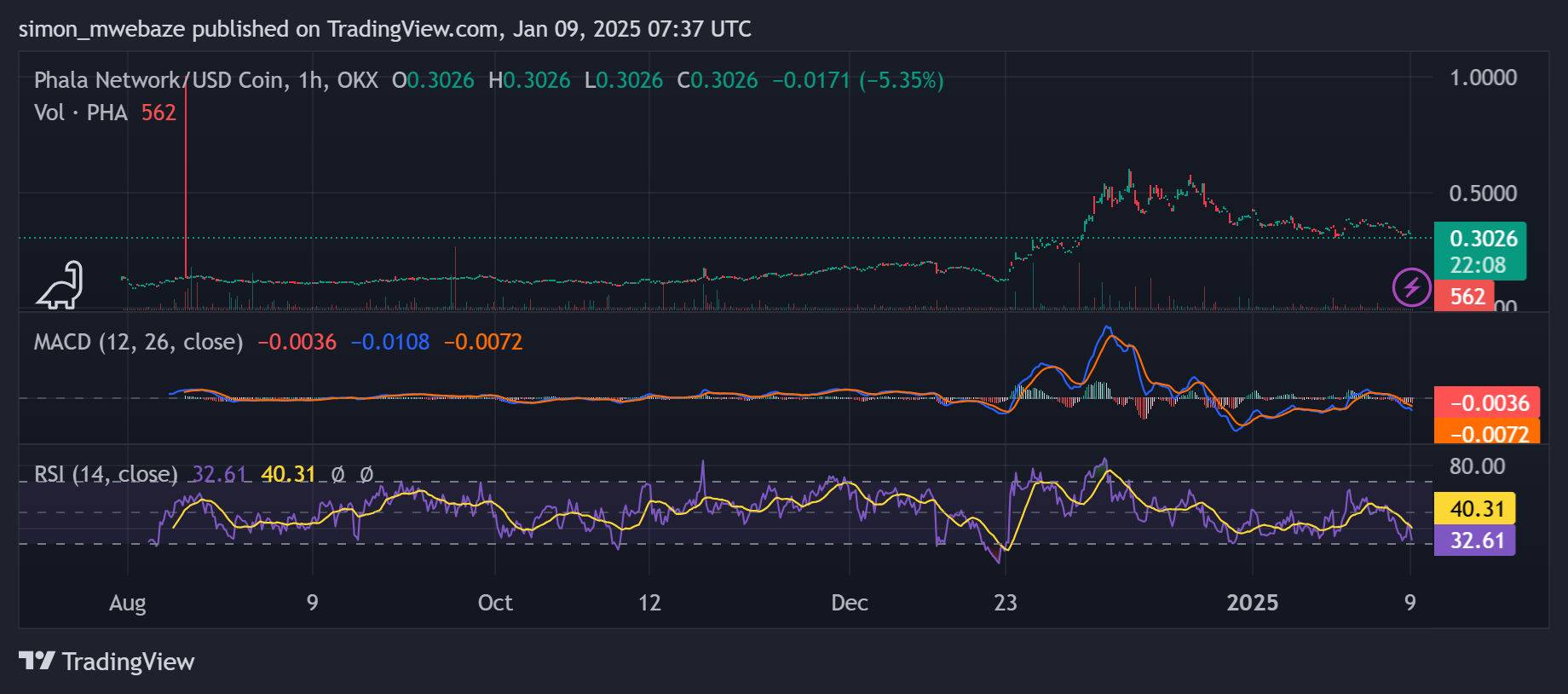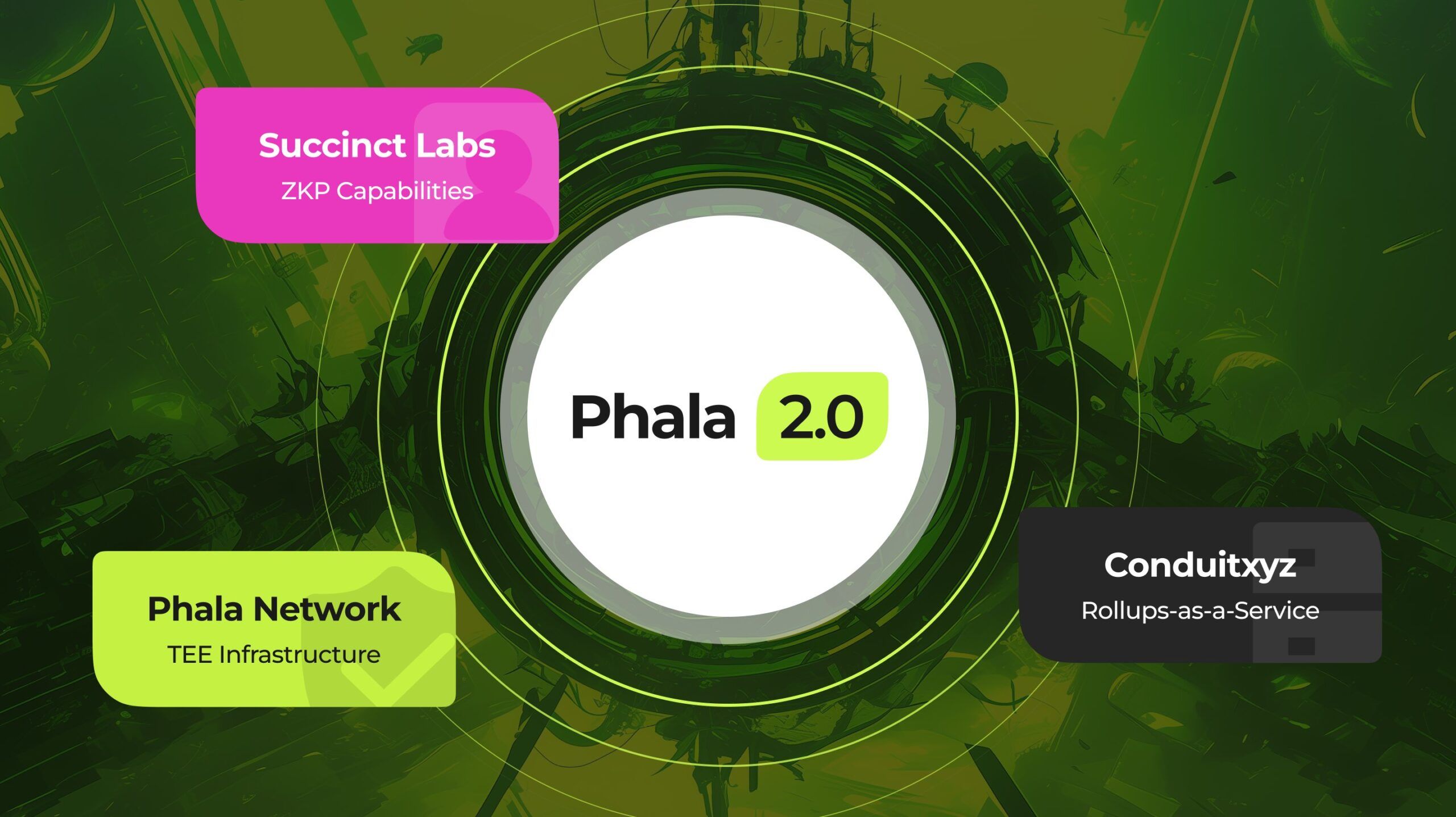Phala Network, a Polkadot-based decentralized computing platform, launched the first Op-Succinct Layer 2 (L2) rollup on Ethereum. The development aims to redefine Ethereum’s scalability landscape while enabling new opportunities for developers and users in the blockchain ecosystem.
Phala Network Layer 2 Rollup-What it Promises
The L2 rollup leverages cutting-edge technologies, including Trusted Execution Environments (TEEs) and Zero-Knowledge Proofs (ZKPs). Combining TEEs and ZKPs ensures enhanced scalability, robust security, and cost efficiency.
This is possible by integrating GPU-based TEEs with zk-proofs, which enables high-performance computations while maintaining privacy and trustlessness.
Furthermore, it was developed in collaboration with Succinct Labs and Conduit. Succinct Labs contributed advanced ZKP capabilities, while Conduit provided Rollups-as-a-Service infrastructure.
These technologies deliver fast finality, lower transaction costs, and cryptographic security. Finally, the rollup simplifies asset management through Ethereum Vault contracts and introduces a seamless migration process from Phala’s Polkadot-based Khala chain to Ethereum.
How the Tech Adds Value to Ethereum
Ethereum’s Layer 1 has been plagued by scalability challenges. It can process only about 12 transactions per second (TPS), leading to congestion and high fees during peak usage.
L2 rollups solve this by processing transactions off-chain and settling them on-chain in batches. This not only reduces costs but increases throughput.
Phala’s rollup also strengthens Ethereum’s network effect by potentially attracting developers and users who require secure and efficient computation platforms.
As more decentralized applications (dApps) migrate to Layer 2, Ethereum’s ecosystem becomes more robust. This enables it to support innovative use cases such as AI-driven dApps and privacy-focused applications.
However, there are also negative impacts, like reduced incentives for validators from reduced transaction fees on the mainnet. This would be due to activity moving to L2s.
Furthermore, as alternative data availability layers increase, they may pose a challenge to Ethereum’s dominance as the preferred base layer for rollups.
Technical Analysis: Price Action, RSI, and MACD

An RSI of 32.61 suggests the Phala Network token (PHA) is approaching oversold territory. It further indicates that the token may be undervalued and that a price rebound may potentially be seen soon.
The MACD being below the signal line indicates that the short-term momentum is currently weaker than the longer-term trend, suggesting downward price pressure. Both the RSI and MACD indicate bearish sentiment with the potential for a reversal.
Traders could interpret this as a sell signal or a sign to avoid opening new long positions. However, contrarian traders who believe the market may have overreacted to the downside may see this as a buying opportunity.
Read more: VIRTUAL Price Crashed as Predicted: Comeback to Be Epic












